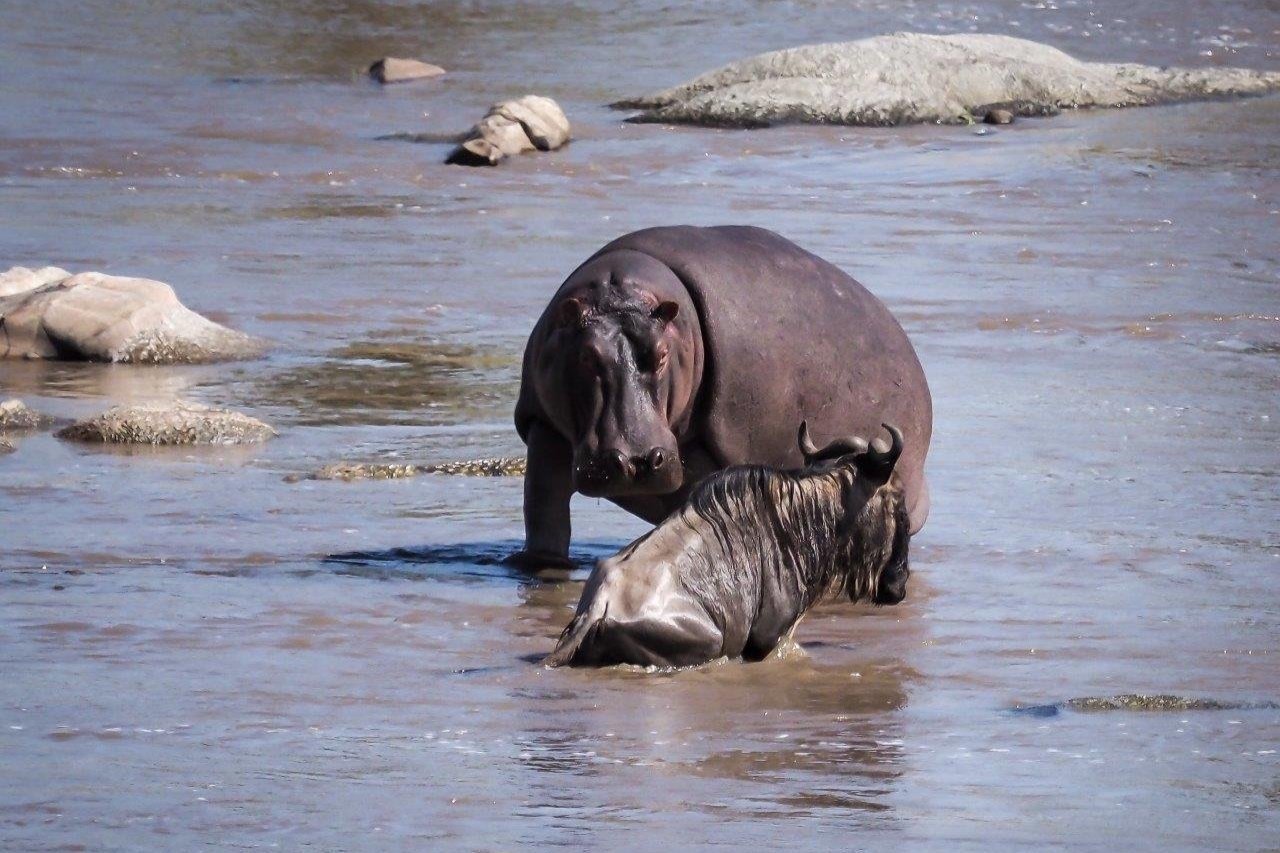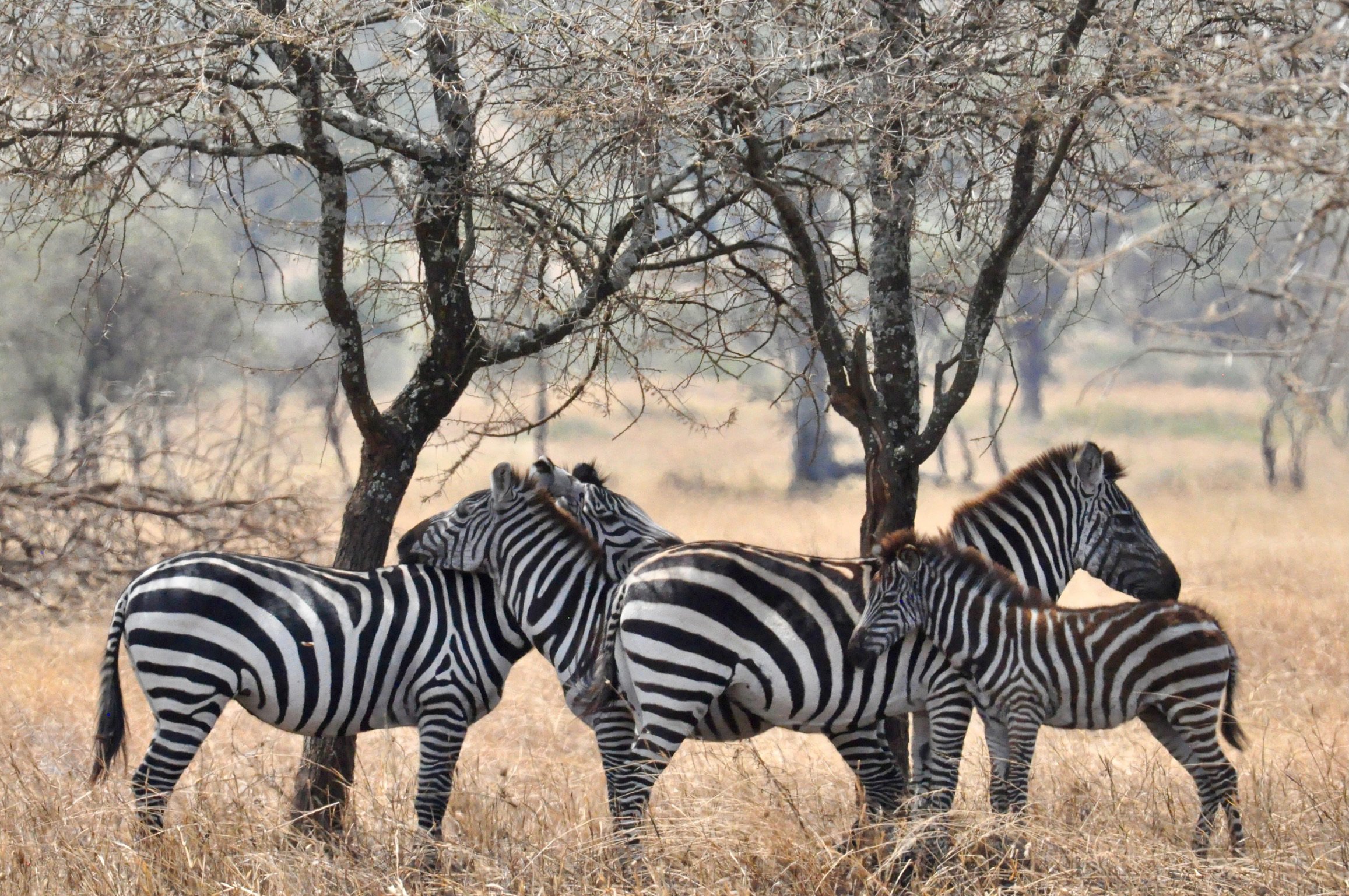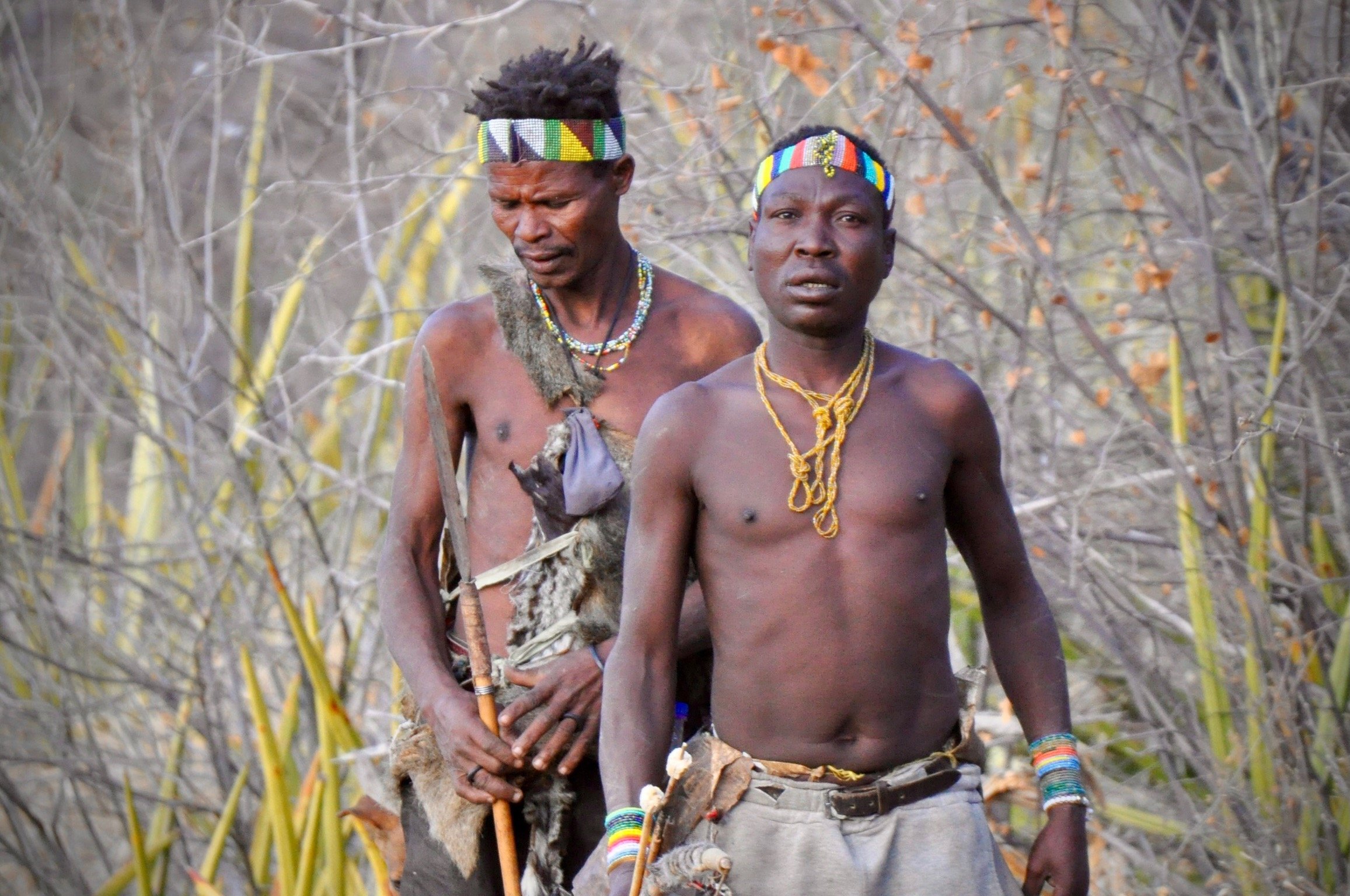
Great Migration Safaris
Wildebeests Migration, Ngorongoro Crater, and the Big 5
7-12 days recommended
Journey through Tanzania’s untamed wilderness. Witness the awesome spectacle of the Great Migration as millions of wildebeests, zebras, and impalas traverse vast savannas and mighty rivers in search of grazing land. An expert tracking guide will lead your search for the Big 5 (lions, leopards, buffalo, rhinos, and elephants), and a many other animals on daily game drives.
Our trips are tailored to your timetable and interests. Safaris are limited to 6 travelers (per vehicle) so everyone can have a window seat.
Price quote dependent on choice of camps and lodges, dates, and group size
Itinerary
-
Upon arrival at Kilimanjaro International Airport, your private naturalist guide will be waiting to transfer you to your boutique lodge for your first night before beginning your safari.
After you settle in, your guide will go over safari plans and give you a brief orientation to Tanzania and what you need to know for your safari. He'll go over maps of your route, topography and the location of the migration.
-
Your safari begins in Tarangire National Park, which has the largest elephant population in Tanzania. Four thousand elephants wander amongst the baobab trees on vast savanna plains alongside an incredible diversity of wildlife. The Tarangire River attracts thirsty wildebeests, zebras, gazelles, hartebeests, buffalos, elephants, lions, and leopards who drink and graze around its banks. The park is great for birding with over 500 species of birds of prey, woodland birds and migratory birds.
-
After breakfast, you will head out on an all day game drive and have the chance to explore Tarangire on foot. An armed park ranger will lead you on a two-hour nature walk to spy on birds, zebras, giraffes, elephants, and other creatures across the plains.
In Tarangire, you will meet with conservationists from the nonprofit African People & Wildlife, which is working with local tribes to conserve lions and elephants by preventing human-wildlife conflict.
-
Next, you will journey to Lake Manyara National Park, a scenic reserve famous for its tree climbing lions, tremendous elephant herds, and soda ash lake with great birdlife. You’ll see thousands of pink flamingos, huge flocks of pelicans, and many egrets, herons, eagles, stilts, spoonbills, hornbills, stalks and other waders. It’s a spectacular place to view wildlife by canoe or boat.
You’ll spot wildebeests, giraffes, buffaloes, zebras, impalas, warthogs, waterbucks, and wandering around its acacia woodlands and evergreen forest. There is a hippo pool on the lake’s southern bank and hot springs on the western side.
After lunch, depart for Karatu, a lively small town near the Ngorongoro Conservation Area. This area has well-established coffee plantations and forests, and the town is a bustling mix of old and new with safari vehicles and colorful tuk-tuks driving beside Maasai herders and ox-carts. There’s a bank, shops, and a few artist collectives on the main road.
-
Descend into the Ngorongoro Crater, the world’s largest unbroken caldera (11 miles in diameter), and a UNESCO World Heritage site. The Ngorongoro Crater was formed about 2.5 million years ago when the cone of a large active volcano collapsed inward. Before the volcano erupted, it was believed to be taller than Mount Kilimanjaro. The Crater has its own unique ecosystem naturally sheltering 25,000 large animals who roam through it.
There are a variety of habitats including open grasslands, acacia forests, a soda lake, swamps, and hippo pools. You’ll see large herds of resident wildebeests, elephants, black mane lions, giraffes, zebras, hippos, and hundreds of bird species. If you’re lucky, you will see some endangered black rhinos (there are only 6,000 left in the world).
-
Next you'll visit Olduvai Gorge, the world famous paleoanthropological site where the remains of the first known humans were discovered. You'll have a private guided tour of the dig site and the camp where Drs. Mary and Louis Leakey and other archaeologists lived while excavating. There is an interesting museum housing the primitive tools and the fossilized hominid remains (Australopithecus boise and Homo habilis) including the 3.7 million year old footprints and a 1.8 million year old human skull.
Afterwards, you'll drive into Serengeti National Park scouting for lion, leopards, and cheetahs along the way.
-
You'll enjoy morning and afternoon game drives. Serengeti National Park is one of the most spectacular safari destinations in the world and a UNESCO World Heritage Site. It is famous for the annual Great Migration when more than 1.5 million wildebeest and 250,000 zebras pass through in a circuit leading to Kenya’s Masai Mara.
The park's high concentration of wildlife includes the Big Five (lions, leopards, elephants, black rhinos, and buffalos), cheetah, zebras, giraffes, gazelle, monkeys and over 500 bird species.
There is no fixed migration calendar. The itinerary of your game drives will depend the time of year and the unique path that develop based on the availability of food and water.
-
Enjoy morning and afternoon game drives with picnic lunch or lunch at camp. Return to camp in the later afternoon for sundowners and dinner.
Accommodations: seasonal
-
Enjoy morning and afternoon game drives with picnic lunch or lunch at camp. Return to camp in the later afternoon for sundowners and dinner.
Accommodations: seasonal
-
At sunrise, you can visit the nearby Retina Hippo Pool to some 200 hippos sloshing around in a deep puddle at the confluence of the Seronera and Oranji Rivers. There are hippo pools throughout the Serengeti, but this is the only one with a viewing platform to watch the hippos at a safe distance. You will return to camp for breakfast before your game drive back to Karatu.
-
Your last safari day will begin near Lake Eyasi, where you'll meet a Hadza community. The Hadza people have lived around Lake Eyasi for thousands of years. They are one of the few hunter-gatherer societies in Africa, living off the berries, roots, and hone they forage and any game they kill with bows and poisoned arrows. Their unique language involves the use of clicks. A local interpreter will enable you to engage directly with members of the community and learn about their culture and lifestyle. Visiting the Hadza is like traveling back in time. You’ll never forget this encounter.
Afterwards, you can visit some Datoga tribe, who live an agrarian lifestyle, growing maize, beans, and millet, and also working as blacksmiths. Datoga blacksmiths make the arrows and tools for the tribes, and jewelry which make great souvenirs.
On the way back to Arusha, you'll stop in Mto wa Mbu village, a melting pot of 120 different ethnic tribes. You can have lunch with a local family and sample East African cuisine, then tour their banana plantation and visit nearby artist collective.
You will return to Under the Shade to relax in a day room until your international or domestic flight home or to your next destination.
-
We also can provide research project support, geological explorations, and expeditions for conservationists and professional photographers.
Our guides will take you out for the best lighting and arrange the great angles for award-winning shots without disturbing the animals.
What’s Included
Expert naturalist guide
Unlimited use of a top-class safari jeep with pop-up roof, radio, cooler, and charging ports
All-inclusive accommodations and meals (You’ll stay in comfortable, eco-conscious lodges and upscale sustainable camps, where the cuisine is delicious and locally inspired).
Transfers, activities, and park fees
24/7 support & Flying Doctor transport
Safari Add-ons
Balloon safari ($600)
Zanzibar with flight from Serengeti National Park
Ngorongoro Highlands Trek
Exclusions
International flights
Tips ($30-$40 per day)
Personal items (visa, travel insurance, laundry, alcoholic drinks, and shopping)







